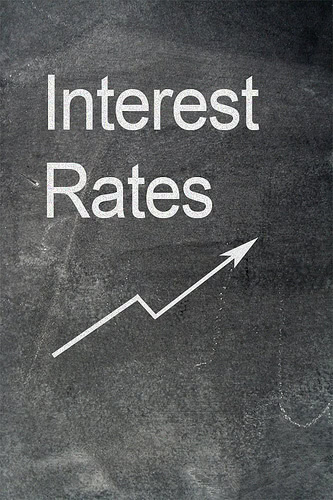
Flickr user Alberto G
Test-makers are constantly advancing standardized tests. Most of the time it’s just changing certain questions or adding new content to update current tests. And then sometimes you get the complete overhaul of a test, such as what they’ve done to the SAT. Before we breakdown each SAT section, let’s look at how it has changed from the old one.
It’s Shorter
Whereas the old SAT was 3hrs 45min (including a mandatory 25min essay portion), the new test is only 3hrs with an optional 50min essay portion. There are also fewer questions, totaling 155 with the essay versus 171 from the old SAT.
There’s No Penalty for Wrong Answers
Given that we have been taught how to make educated guesses since, I don’t know, kindergarten, this is a nice change. For the old test, any wrong answer would deduct points from your score. It was legitimately better to leave questions blank if you didn’t feel as though you knew the answer. The new test is like the ACT, where an educated guess or filling in a random bubble can only help you.
Fewer Scores
The old test separated into four parts: Reading, Writing, Mathematics, and Essay. The first three sections were scored between 200 to 800 points (so the minimum you could score was 600, and the max was 2400), with the Essay score being scaled to the multiple-choice Writing results. The new test has two primary scored parts: Mathematics and Evidence-Based Reading and Writing (which is then divided into a Reading and Writing test). These two primary parts are still on the 200 to 800 point scale, making a minimum score of 400 possible and a max of 1600. The essay is scored separately on a 2 to 8 point basis for its three dimensions.
Breakdown: Mathematics
The goal of this new SAT is to make the math relevant. It concerns problem-solving skills and real-world appliances. The 58 questions are spread over three topics: Problem Solving and Data Analysis, Heart of Algebra, and Passport to Advanced Math. This new test doesn’t want to go over every equation you’ve ever learned. Instead, it focuses on portions of math that are used most frequently in college and real-world experiences in the workplace.
Half of the math test is With Calculator, and half is No Calculator. 22% of the answers are student-written, whereas the other 78% is multiple choice.
Breakdown: Reading
There are 52 questions/tasks in the Reading portion of the test. Once again, the focus is on the everyday use of words. No memorization of random or obscure words should be necessary to prepare for this test. Instead, its focus is on your ability to read and take in information and then apply it. Each question is multiple-choice, and it concerns a passage (or pair of passages) found in the test. These passages include literature excerpts, a US government document or conversation inspired by one, a selection about social science, and two science passages. Graphs, charts, and infographics may be included, but no math will be necessary for this portion of the test.
This portion focuses on words in context, your ability to find evidence that best supports and answer, identify how authors support their claims, and how to interpret data, among other things. All answers are based on the content stated or implied by the information you are working with.
Breakdown: Writing and Language
This one is pretty simple: 44 questions concerning language where you read a passage, find mistakes and weaknesses and fix them. If you think about it as if you were reading over a friend’s essay to make corrections and suggestions, you’re on the right track. Some passages will have infographics attached to them. The passages will range from arguments to nonfiction excerpts and will be about history, social studies, science, the humanities, and careers.
Breakdown: Essay (Optional)
Unlike the old SAT, this new Essay portion focuses on your analytical writing skills rather than your persuasive ones. You will read a passage and explain what the author’s argument is. No need to bring in personal details or experience like the old Essay. No need to pick a side. Read the passage, analyze the argument being made, and support your explanation with evidence. Which, by the way, is what you’ll have to do in college.
This Essay may be “optional”, but some schools will require it for application. And with a whopping 50 minutes to write it (the old one only gave you 25 minutes to make a convincing argument), it’s really not too bad. If anything, think of it as good practice for your analytical college papers.
—
Interested in seeing how your SAT score affects your acceptance odds to nearly every college in the US? Use College Raptor’s free match tool to find out!





